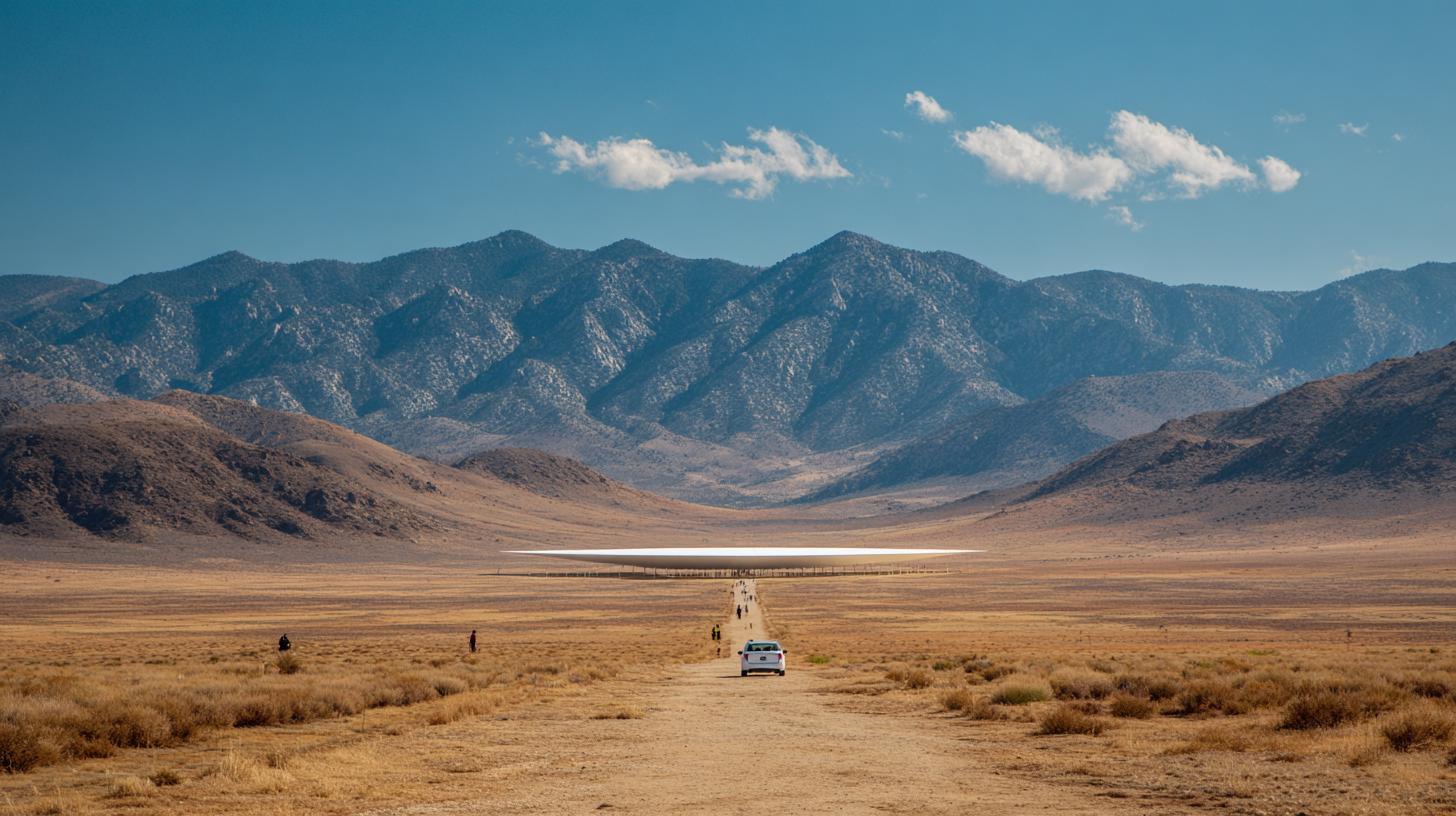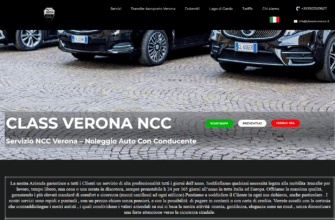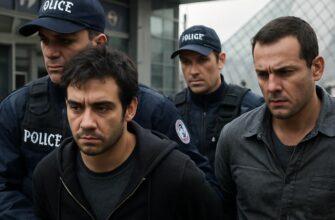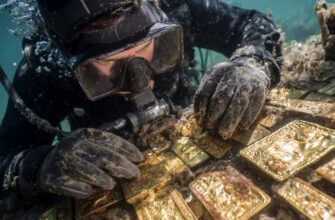A grand art installation has opened in the Nevada desert, taking half a century and $40 million to create. That sentence barely hints at the stubborn scale of the project, the years of secrecy, the logistics of working in a forbidding landscape, or the cultural thrum that follows a work this large and long-lived into public view.
- Roots in land art and a singular ambition
- Why it took so long
- Money: where the $40 million went
- Project timeline (high-level)
- Where it sits: the geography of meaning
- What visitors encounter
- Reactions from the art world and public debate
- Conservation and stewardship
- How to experience it responsibly
- Personal reflections from the desert edge
- Practical snapshot and visiting tips
Roots in land art and a singular ambition
Michael Heizer is one of the names people mention when they talk about land art: artists who moved beyond canvas and gallery and treated the earth itself as medium. Heizer’s projects have always pushed scale as a formal element — where smaller works provoke, his operate by overwhelming the senses and reconfiguring how you measure time and distance.
The installation on Mormon Mesa is the culmination of that trajectory. Conceived in the early 1970s, it was never meant to be a quick statement. Heizer sketched, planned, and returned repeatedly to the desert as the work slowly became a built environment rather than a single object: trenches, terraces, chambers, and long, linear geometries inserted into the rock and soil.
Why it took so long

Large-scale land art collides with practical realities: funding, permitting, access, and sheer geology. For this work, each of those factors acted as a brake. Decades-long timelines are not romantic delay so much as the arithmetic of moving massive volumes of earth with respect to engineering and environmental constraints.
Technical difficulty compounded artistic choices. Heizer’s designs demanded precise excavation, the stabilization of rock faces, and structures able to withstand desert extremes. That meant years of consultation with engineers, geologists, and contractors, plus the slow accrual of resources to pay for specialized equipment and labor.
Money: where the $40 million went
Funding a project of this scale required steady backing that could tolerate a long timeline. The reported $40 million covered many things beyond raw excavation: planning and design, heavy machinery mobilization, site stabilization, legal and environmental assessments, and the long-term stewardship measures required for an outdoor installation in a harsh climate.
Money also underwrote access infrastructure: durable roads to remote sites, secure visitor amenities, and monitoring systems to protect both the work and the landscape. In many ways, the cost reflects the responsibility of showing such a fragile, large-scale work to the public without destroying the conditions that made it meaningful.
Project timeline (high-level)
| Phase | Approximate era | Key activity |
|---|---|---|
| Conception and early surveys | Early 1970s | Site selection, conceptual drawings, initial earthworks |
| Long-term construction | 1970s–2000s | Intermittent excavation, engineering reviews, financing efforts |
| Consolidation and completion | 2010s–2020s | Major earthmoving campaigns, stabilization, public access planning |
Where it sits: the geography of meaning

Mormon Mesa, the site of the installation, is not neutral ground. It is a plateau above a valley, an expanse of light and hard horizons that makes anything inserted into it feel both intimate and absurdly large. The desert’s light sculpts the work daily, turning vertical planes into shifting bands of shadow and exposing the materiality of rock and man-made cut.
The site’s remoteness is part of the point. You do not stumble on the piece as you might a painting in a downtown museum. Access requires intention: travel, planning, and time. That remoteness has been a deliberate tool for Heizer, who long saw distance as a component of experience — to arrive is to commit yourself to the frame of the work.
What visitors encounter
Entering the installation is less like walking through a sculpture park and more like negotiating an engineered landscape whose scales constantly reorient you. Some approaches reveal long horizons and linear cuts that read like an open-air cathedral; others funnel you into narrow corridors where sound and light behave differently.
The piece intentionally shifts between expansiveness and enclosure. In open sectors the desert returns — wind, sky, the smell of creosote — and the work sits as a man-made punctuation within a vast scene. In internal chambers, the geometry tightens and the desert’s sounds become echoes, encouraging a focus on texture and the human sense of scale.
Reactions from the art world and public debate
Responses have been predictably varied. Critics who admire ambition and scale view the project as a landmark of American land art: a rare, sustained project that contests the ephemeral trend in contemporary art and instead asks for long attention spans. For them, it’s a testament to persistence and to the idea that art can reshape the landscape of culture in the same way it reshapes the landscape of place.
Others raise principled objections. The environmental footprint of moving earth at this scale prompts questions about stewardship and impact, even when mitigations are in place. The work’s relative inaccessibility also draws critique. When art requires permission, significant travel, or reservation, who gets to experience it becomes a socio-cultural question as much as an aesthetic one.
Conservation and stewardship
Maintaining an outdoor installation in the Mojave is not a matter of regular dusting. Long-term stewardship here means erosion monitoring, water runoff management, and preventive measures against vandalism and biological disturbance. The $40 million figure includes commitments to such preservation needs, acknowledging that the work cannot be treated as a finished commodity and left to chance.
There is also the question of liability and visitor safety. Even with routes and viewing platforms, a site like this requires careful signage, trained staff for guided access, and a plan for emergencies. Those practicalities are part of the ethical calculus that undergirds any decision to open such a site to the public.
How to experience it responsibly
If you decide to go, prepare with respect for the environment and the work itself. That means planning travel, checking any reservation or permit requirements, and arriving with water, sun protection, and sturdy footwear. Leave no trace applies as much to art as it does to wilderness: photographs and memories are welcome, damage is not.
Consider pairing the visit with readings or exhibitions that contextualize the artist and land art generally. The installation’s scale benefits from some background — a few hours of reading or a nearby museum show will make the viewing richer and reveal the lineage of ideas behind the cuts in the earth.
Personal reflections from the desert edge
I’ve spent time in the Mojave and the Great Basin, and there’s a specific kind of attention the desert invites: the brain slows down, the horizon stretches, and small gestures register as events. That state of mind is ideal for encountering a work that wants you to feel duration. Heizer’s piece capitalizes on that slowness; it asks you to pace yourself and to reckon with geometry at human and geological scales.
Seeing the work from a distance and reading about the decades that built it, I found myself thinking about patience as a material. In an era that prizes speed and instant availability, a project that evolves across generations becomes a cultural provocation. Whether you love the aesthetic or critique the resource demands, the installation forces a conversation about what kinds of commitments we believe are worth making to public art.
Practical snapshot and visiting tips
- Location: remote plateau near Overton, Nevada, with the nearest major airport in Las Vegas.
- Access: typically reservation-based or limited-entry; check official channels for schedules and visitor rules.
- What to bring: water, sun protection, layered clothing, sturdy shoes, and a sense of patience.
- Respect: follow marked paths, heed signage, and consider guided visits to better understand the work.
This installation is not merely an object to be seen; it is an event that rearranges your sense of scale and time. Its opening marks the end of a long creative odyssey and the beginning of a new chapter in which the public will negotiate meaning, access, and responsibility. For anyone drawn to art that functions like a landscape and a philosophy at once, a visit will be a rare, demanding, and memorable encounter.
To explore further reporting and commentary about major cultural projects like this one, visit https://themors.com/ and read other materials from our website.









